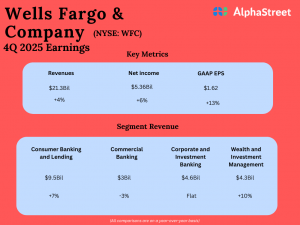Ford Motor Company (NYSE: F) has seen its stock gain 23% over the past three months. Despite the challenges faced in 2020, the company remains relatively optimistic regarding its future growth plans, particularly in terms of electric vehicles. Here are three factors that form a key part of the automaker’s strategy:
New products
Last month at the Goldman Sachs Global Automotive Conference, Ford outlined a few upcoming products that are expected to be a huge tailwind for the business over the next 12-18 months. These include the Mustang Mach-E, the Bronco Sport and the Bronco. The company is also updating one of its most popular products, the F-150.
Ford is rolling out the F-150 with new electrical architecture as well as a driver-assisted technology system called the Co-Pilot 360 which enables hands-free driving. The same features will be available in the Mustang Mach-E, which the company termed as its ‘first true dedicated battery electric vehicle’. Ford has started shipping the F-150 and the Bronco Sport to its dealers while the Bronco is on track to launch this spring.
Cost savings
Over the past couple of years, Ford saw an increase in material costs as it worked to revamp its product line-up. The company is currently working on lowering its discretionary costs by evaluating how its customers use its products and what features would be most useful to them and what they would be willing to pay for.
By taking into account these factors, Ford can make better decisions on which features to alter and which to eliminate. One example of this was the passive entry and lock feature on many of its products, which allowed easy unlocking of doors. After monitoring customer usage, the company eliminated this feature from the second row of the F-150 Crew Cabs.
This simple step is estimated to help bring in over $6.5 million annually in material cost-savings just on this one product line. The company is working on similar adjustments across the board.
Electric vehicles
Another important part of Ford’s growth strategy is electric vehicles. The company plans to invest over $11.5 billion globally in electrification through 2022 and is working with multiple suppliers around the world for its hybrid and battery electric vehicle products.
In November, Ford invested an additional $100 million in its Kansas City facility to produce the new E-Transit which is slated to be launched in late 2021. The company is also investing around $150 million to make the necessary parts for electric vehicles at one of its Michigan facilities.
Ford’s strategy involves the electrification of its most popular vehicles, including the commercial ones, and the company is expanding its manufacturing capabilities across North America to support the transition to EVs and meet the consumer demand. Ford is investing $1.35 billion to transform one of its facilities in Ontario from 2024 to include battery electric vehicles.




